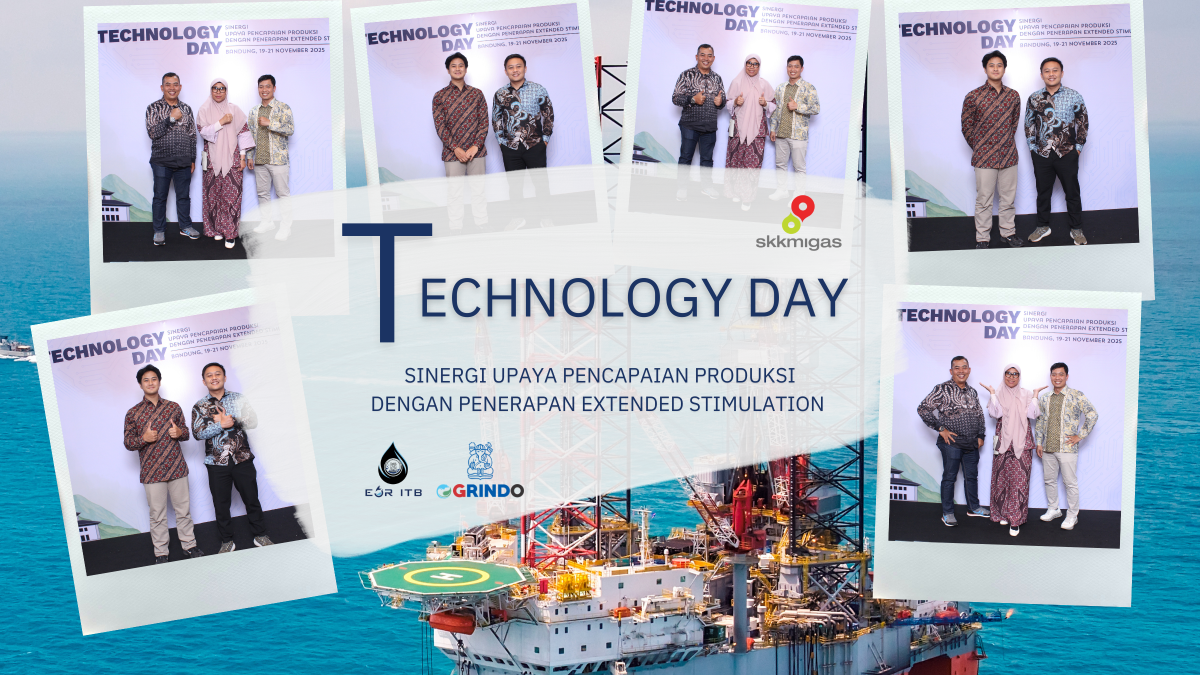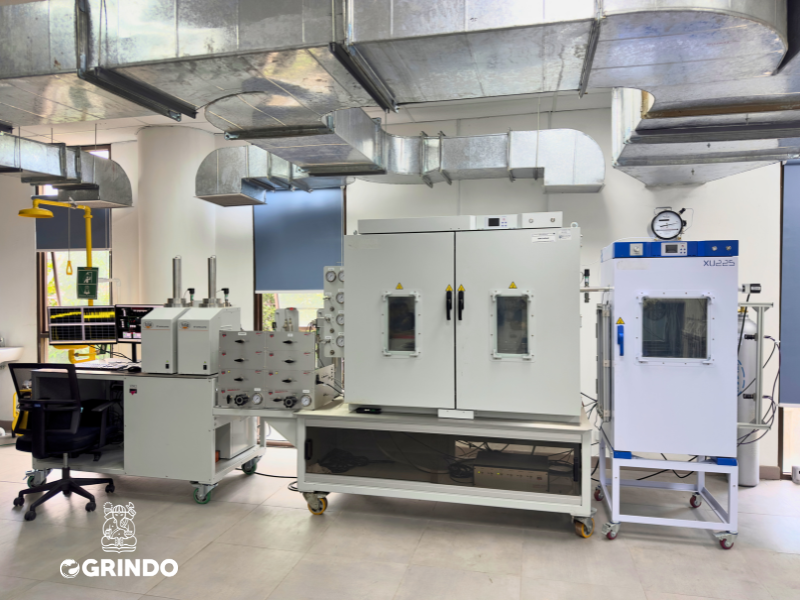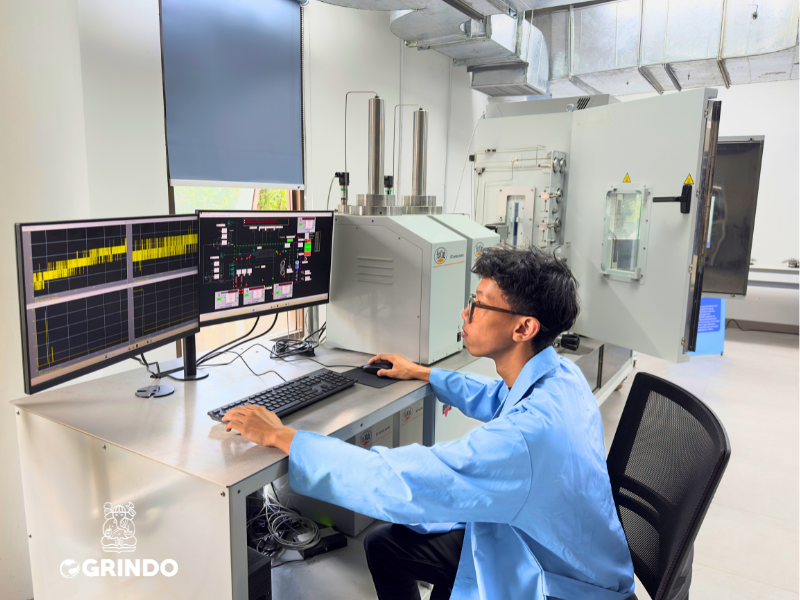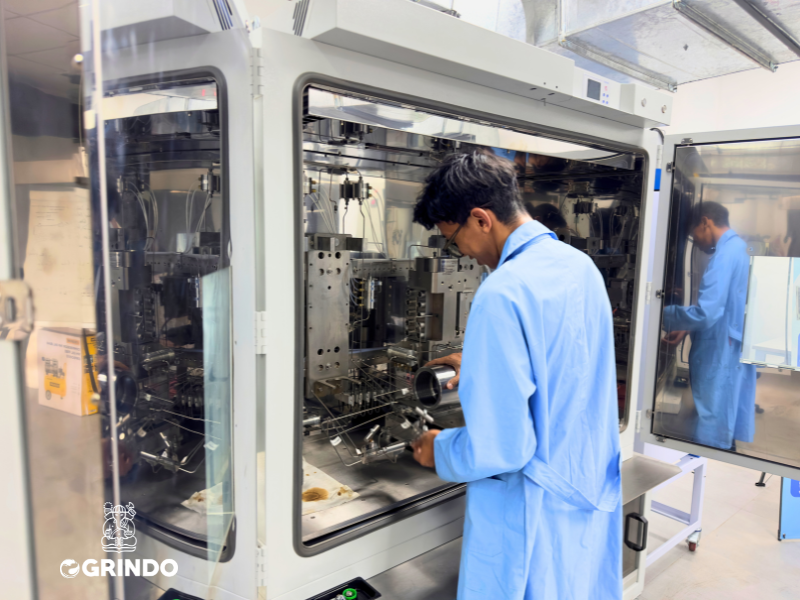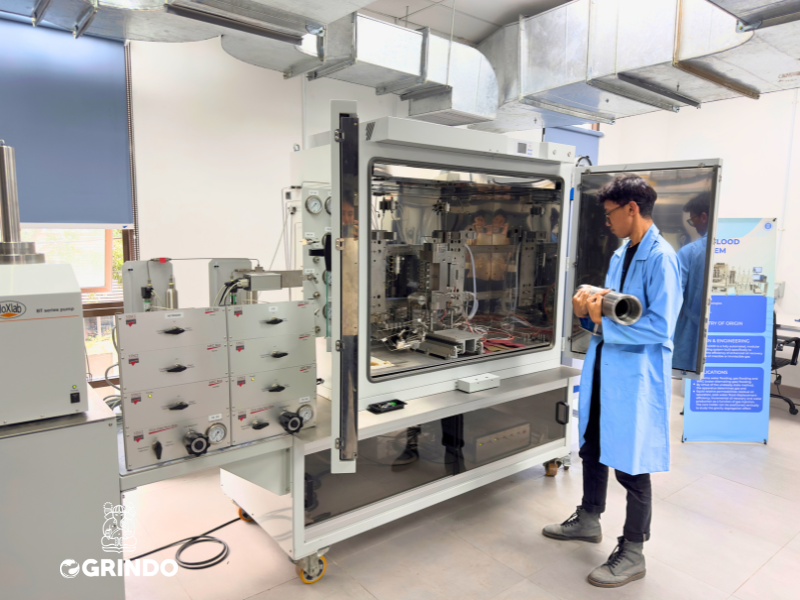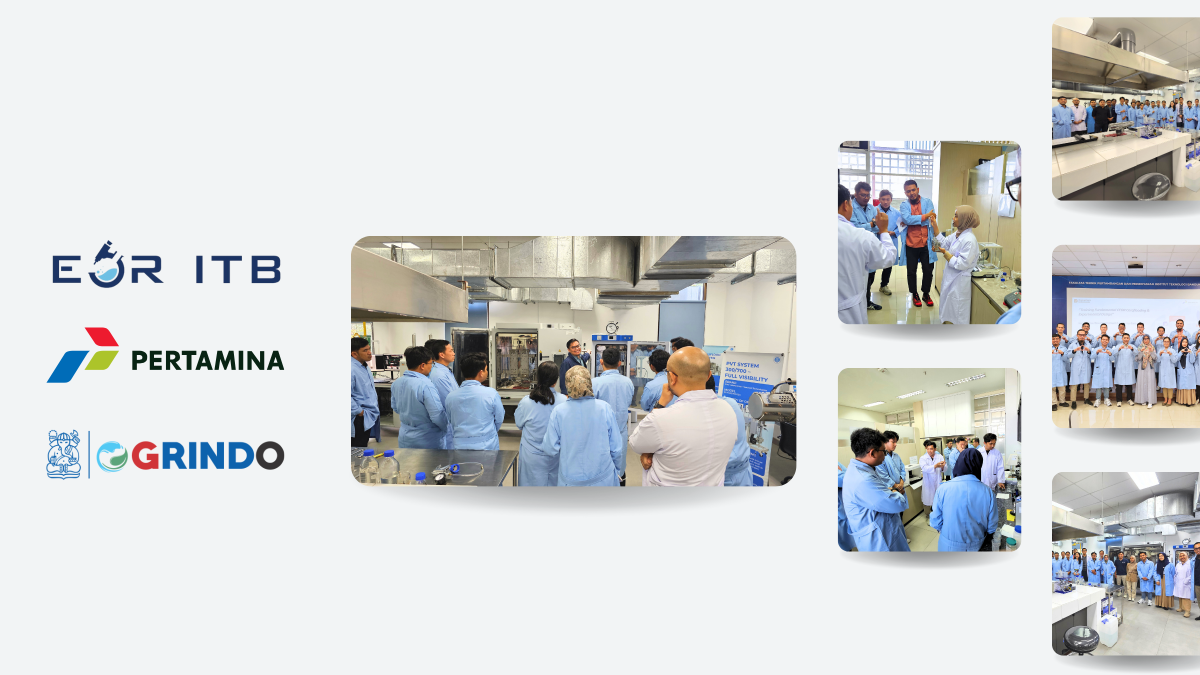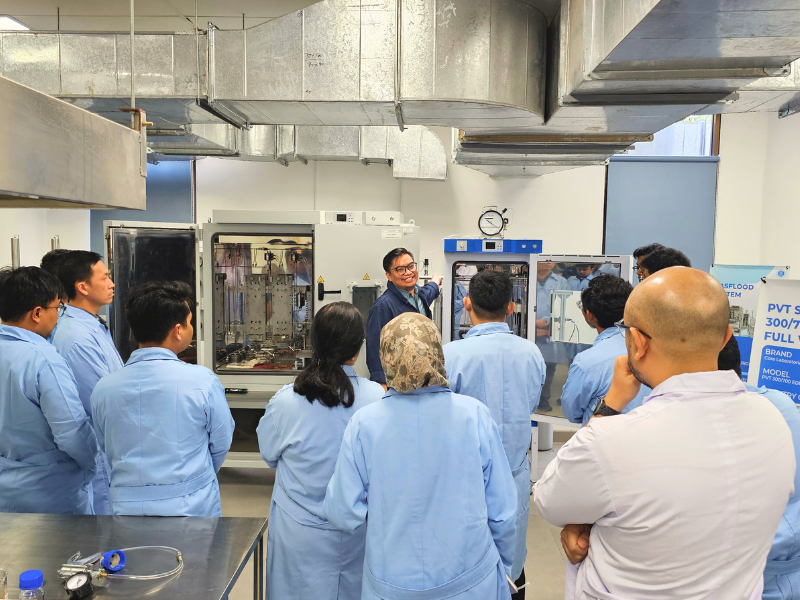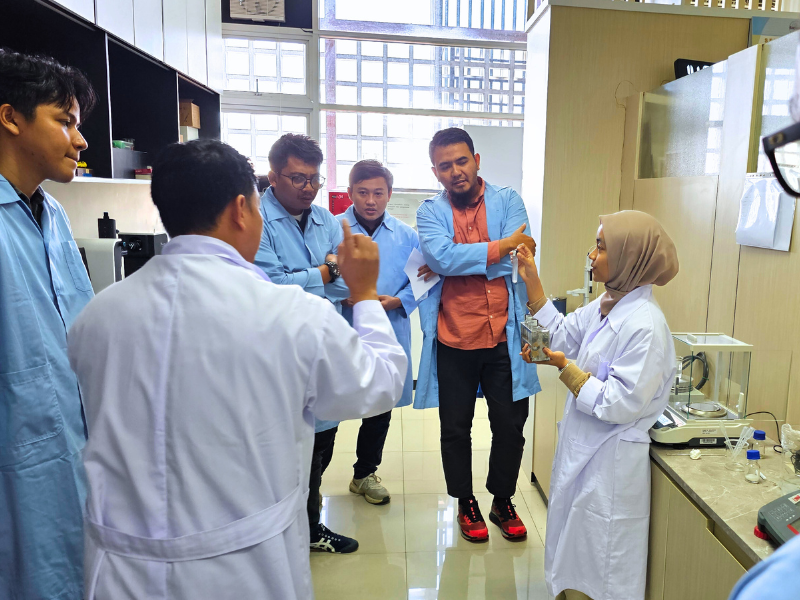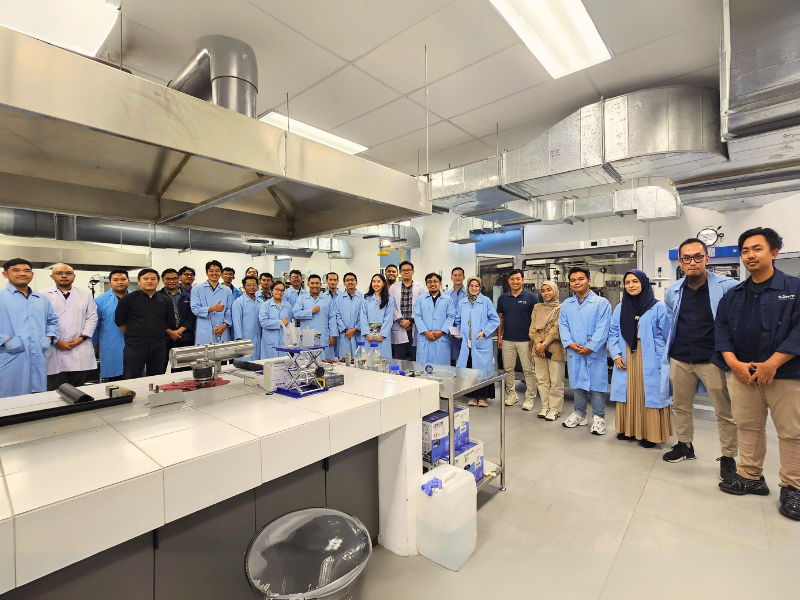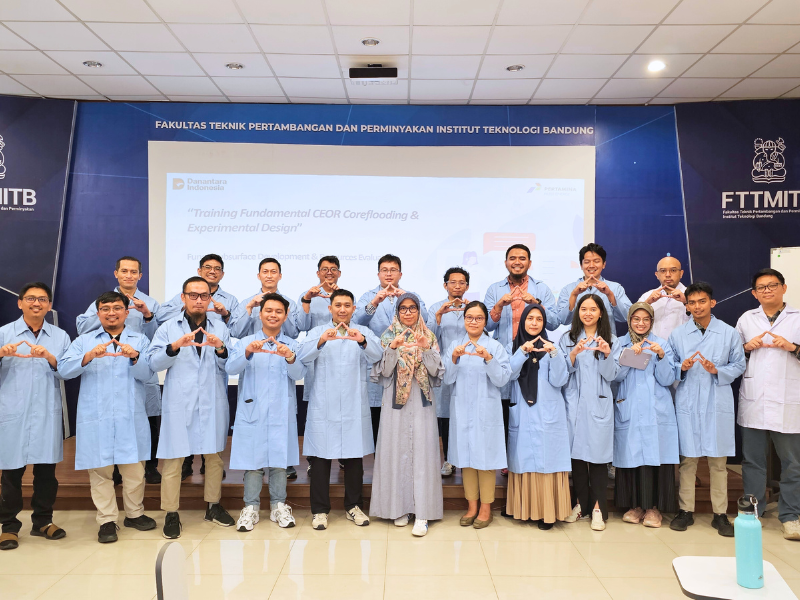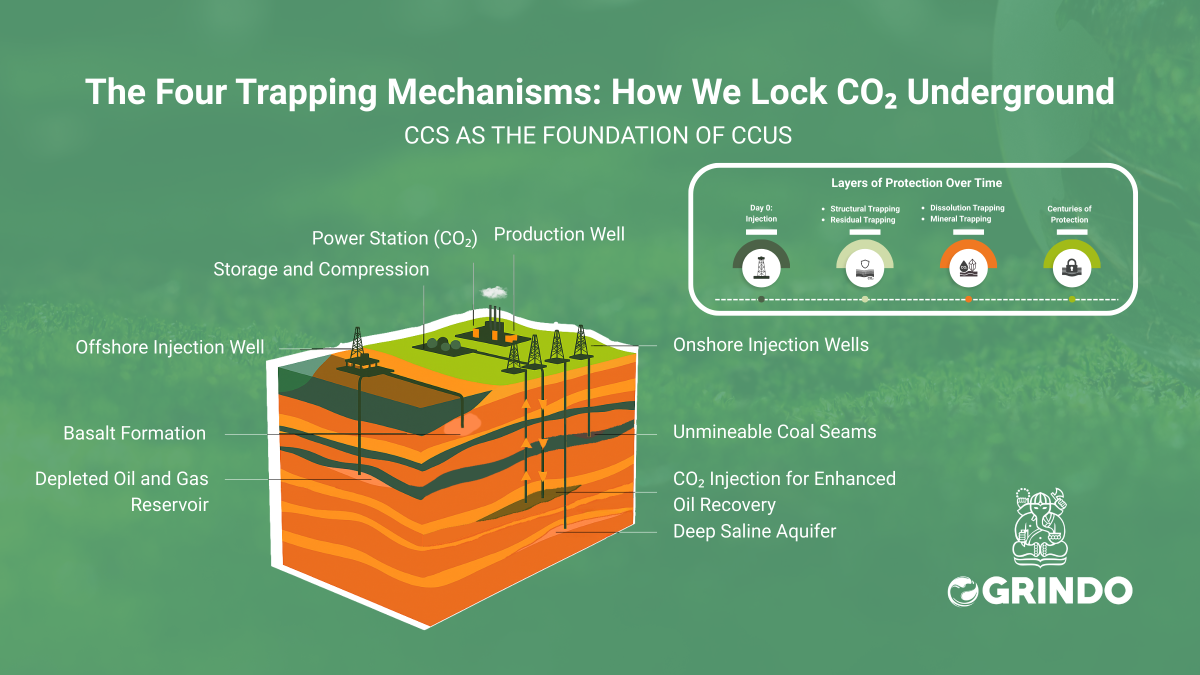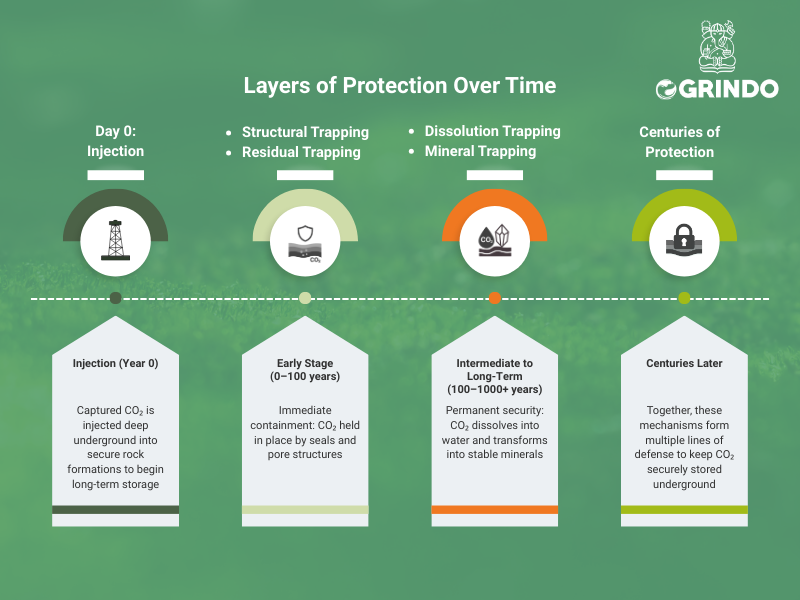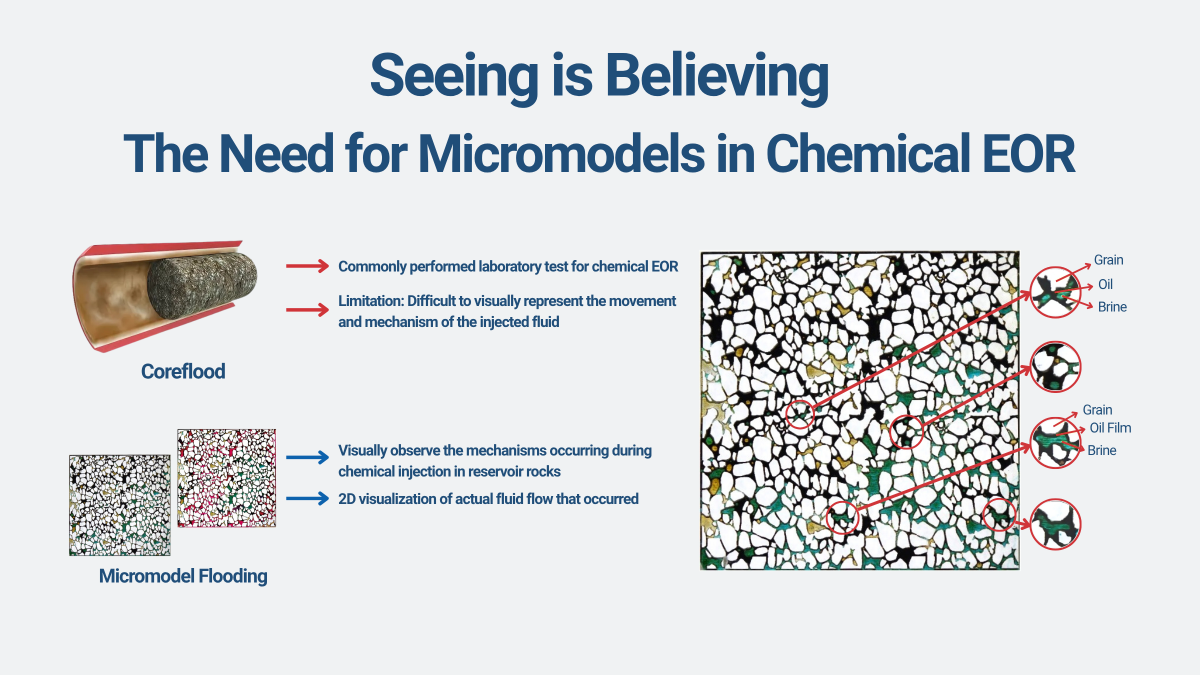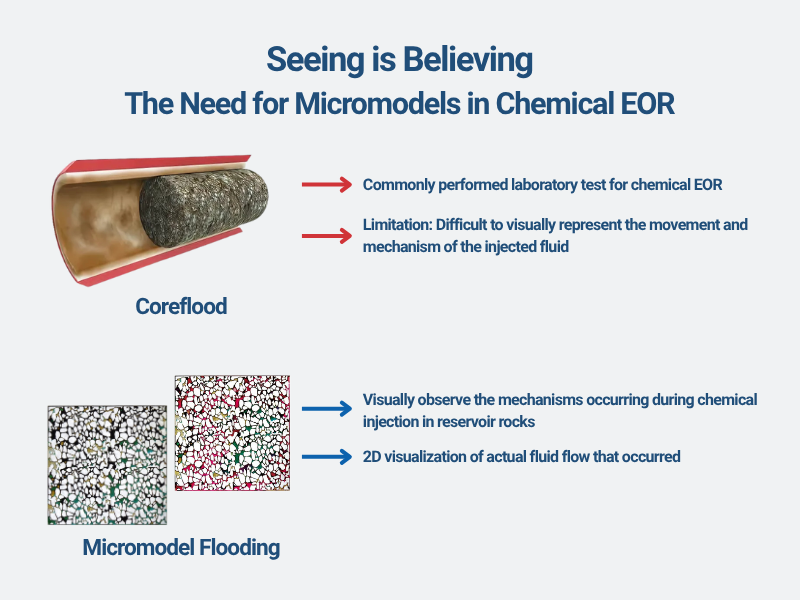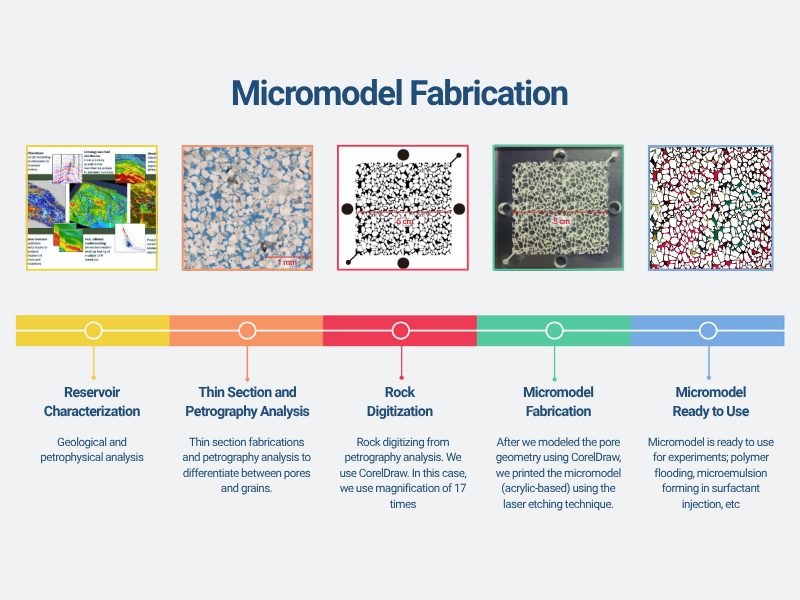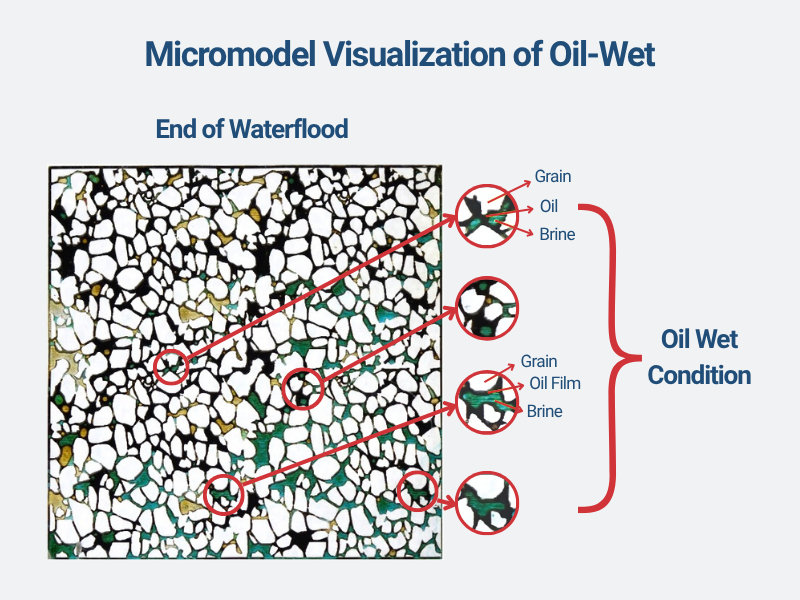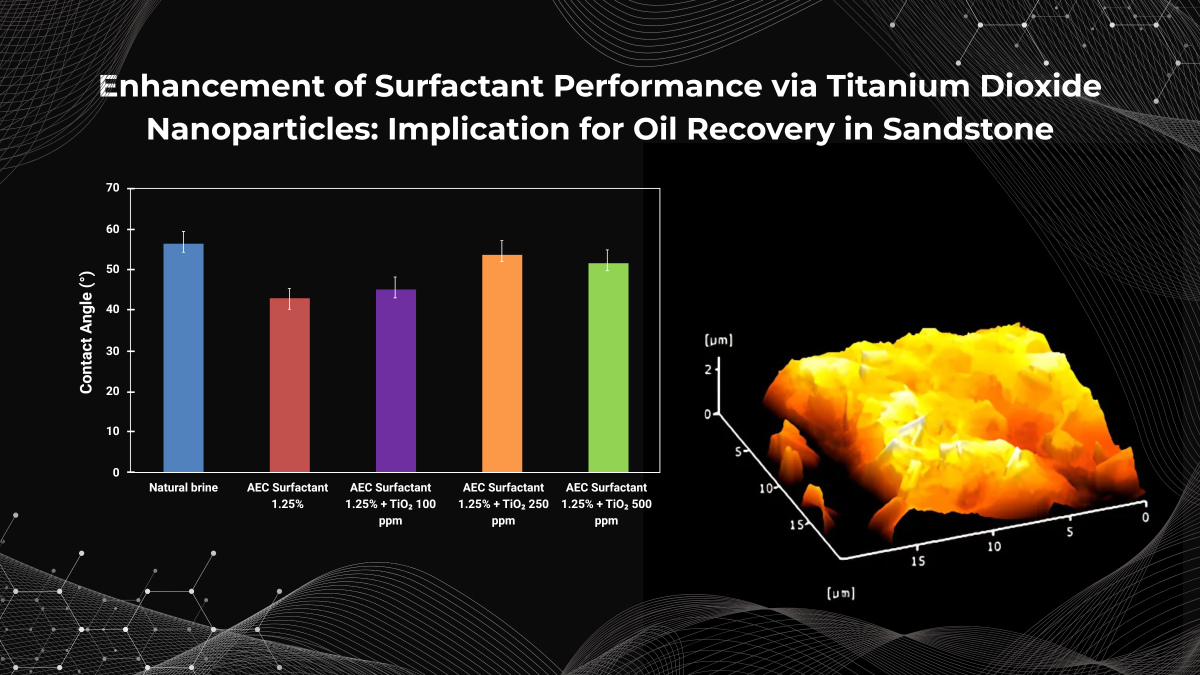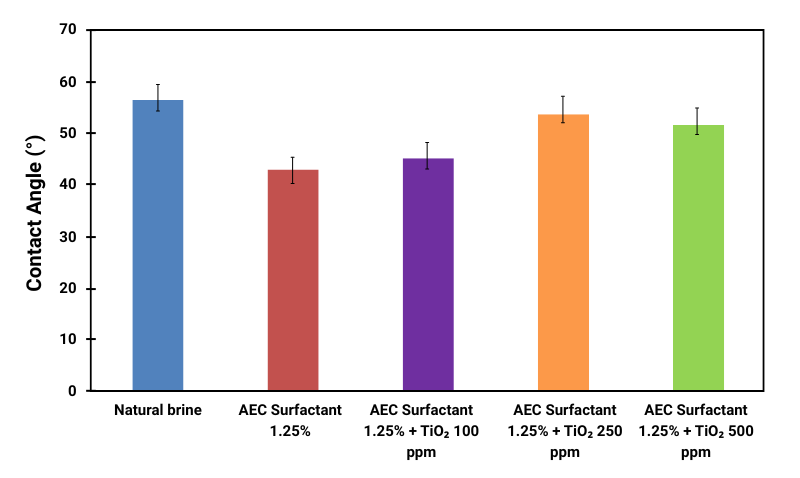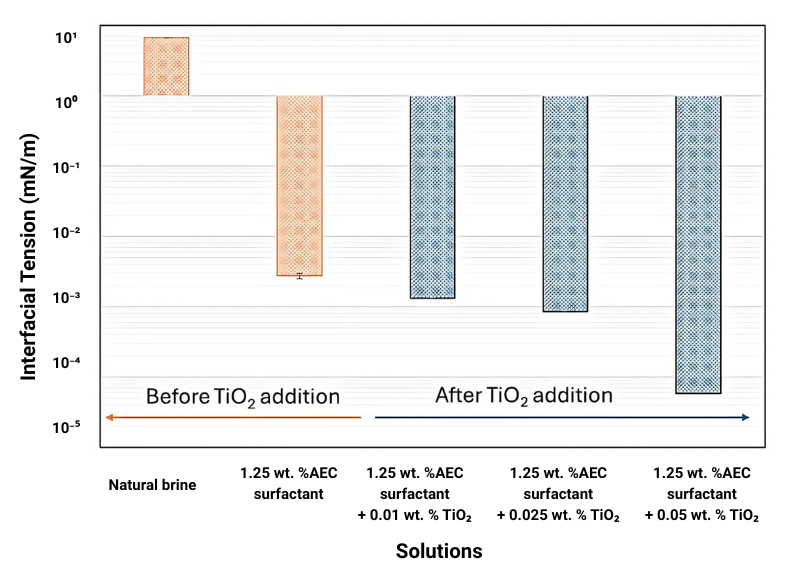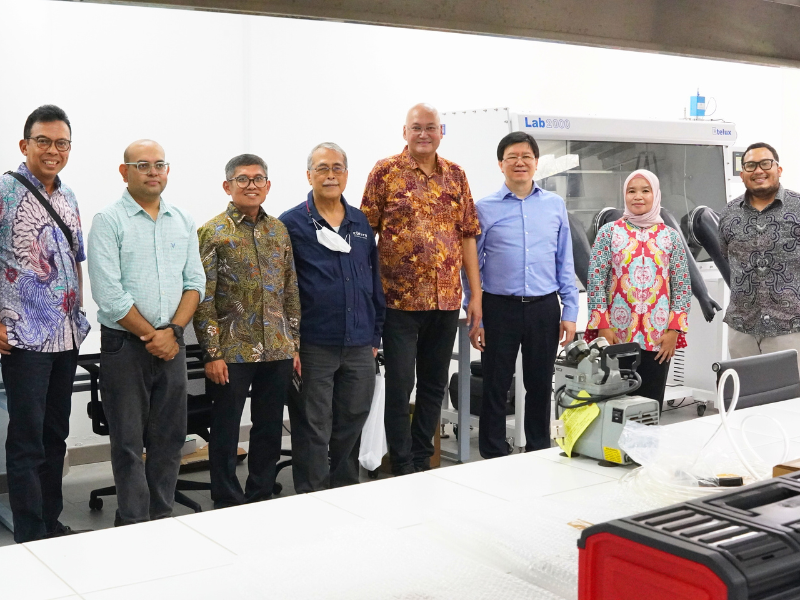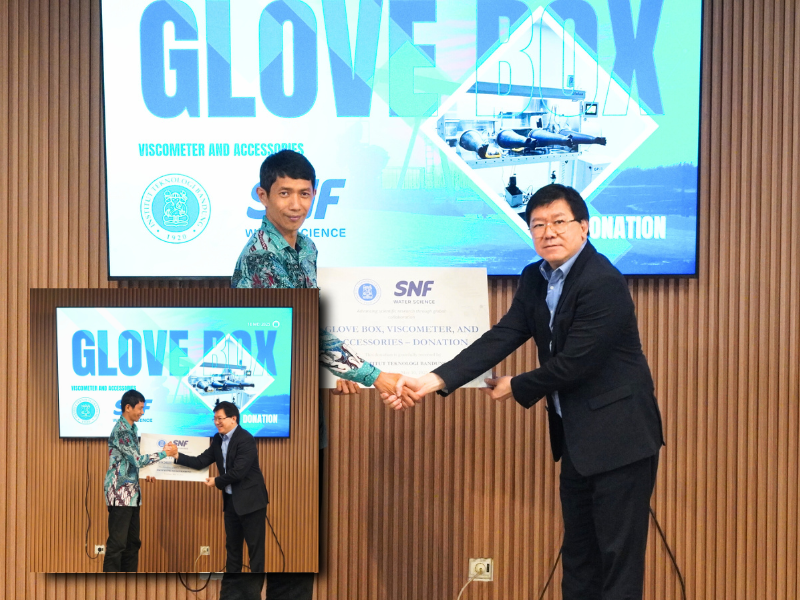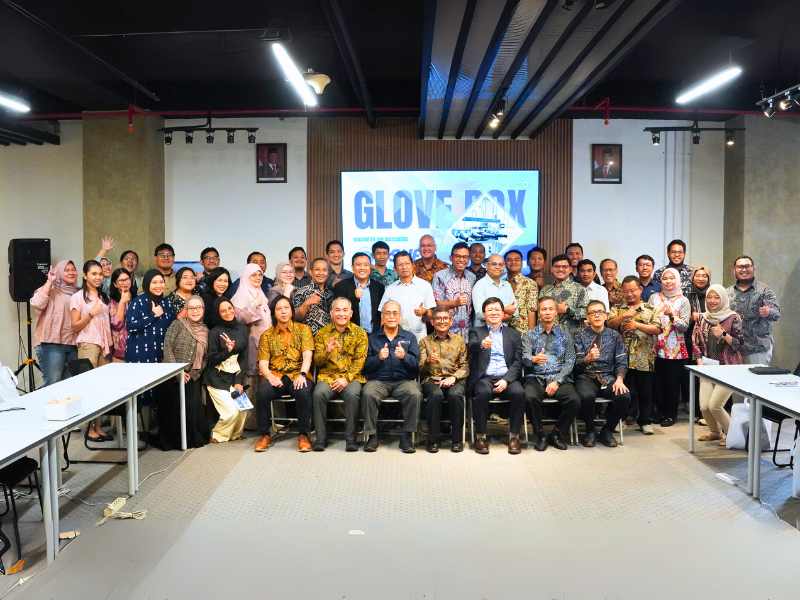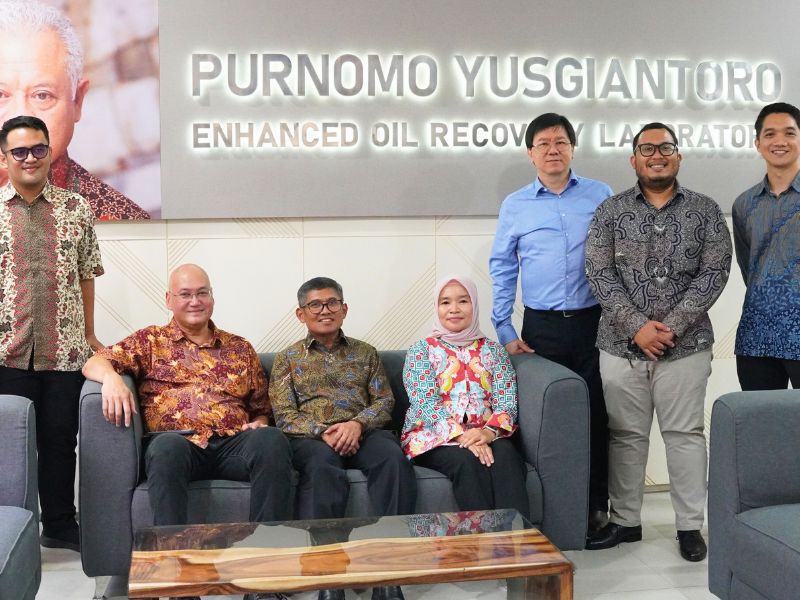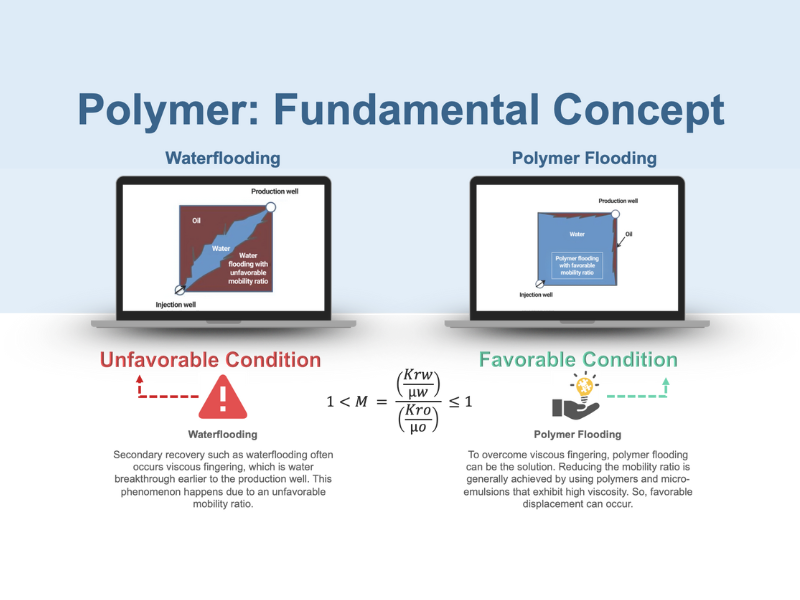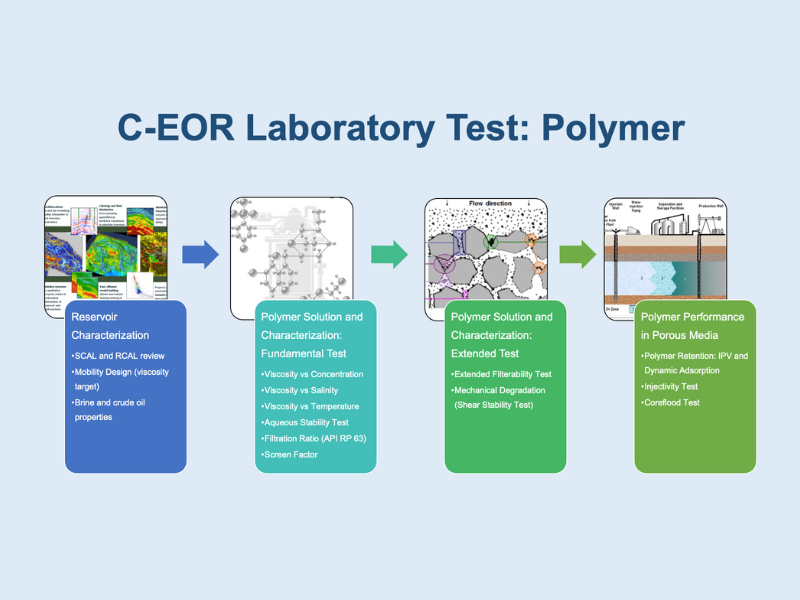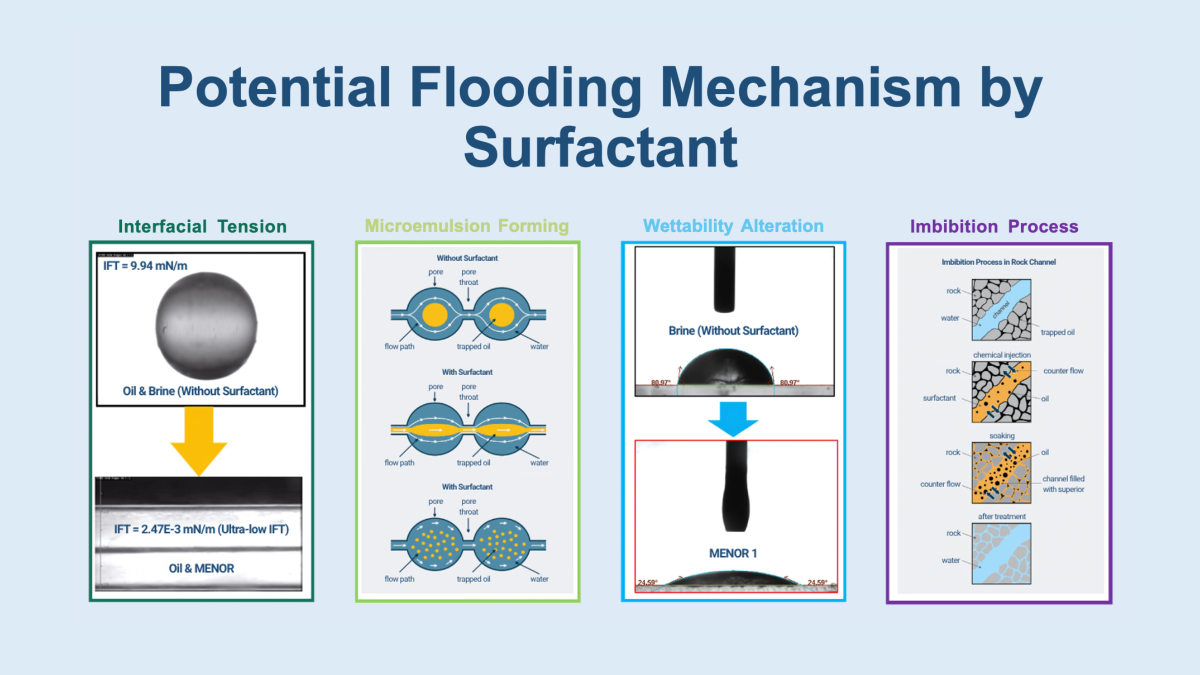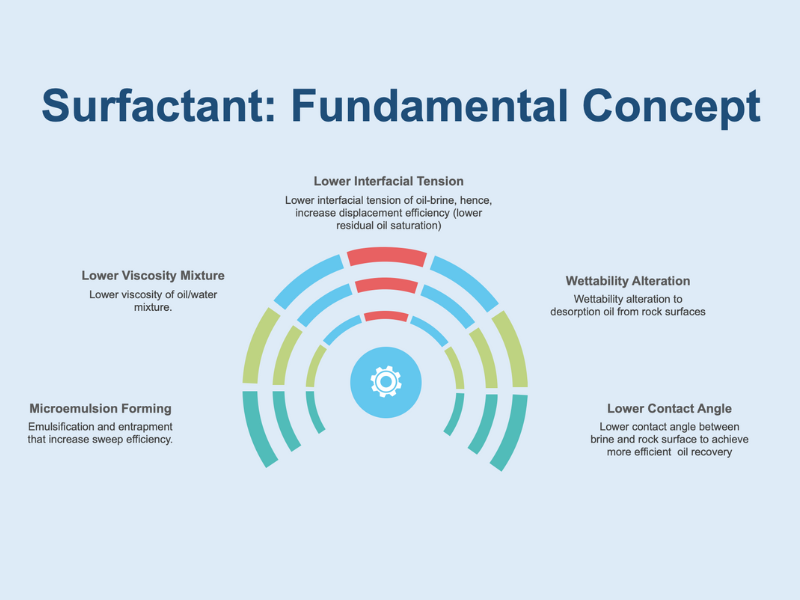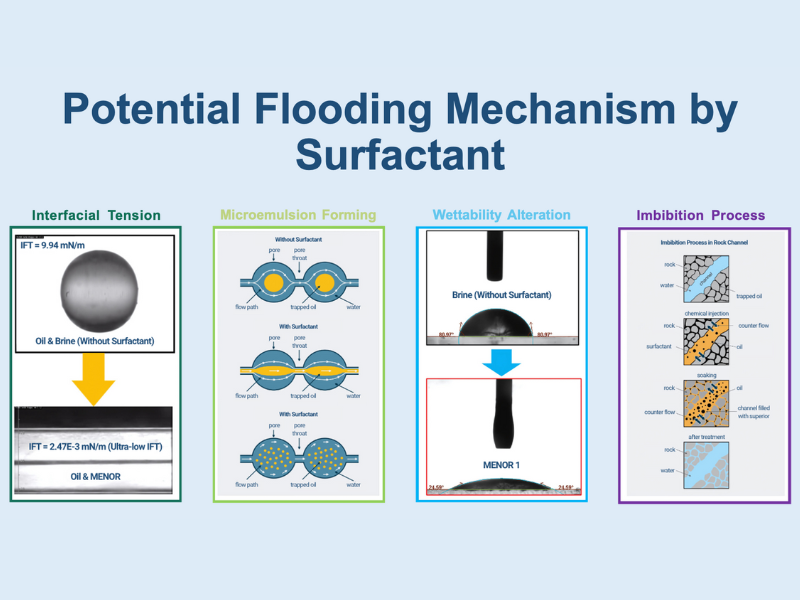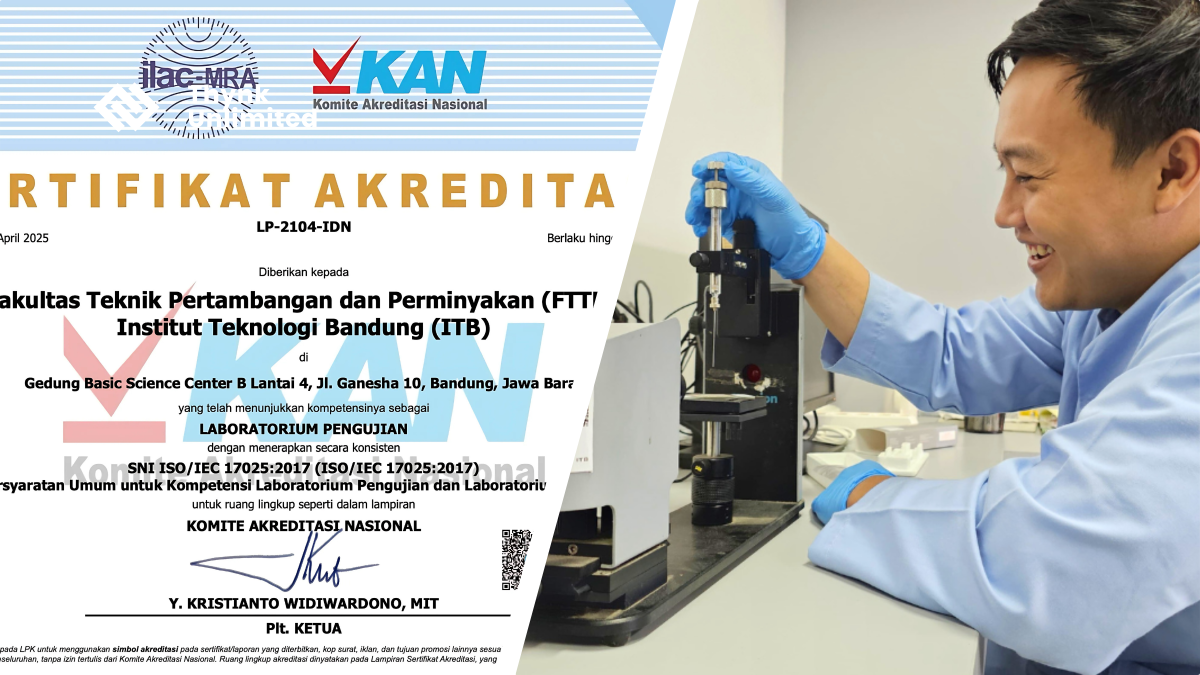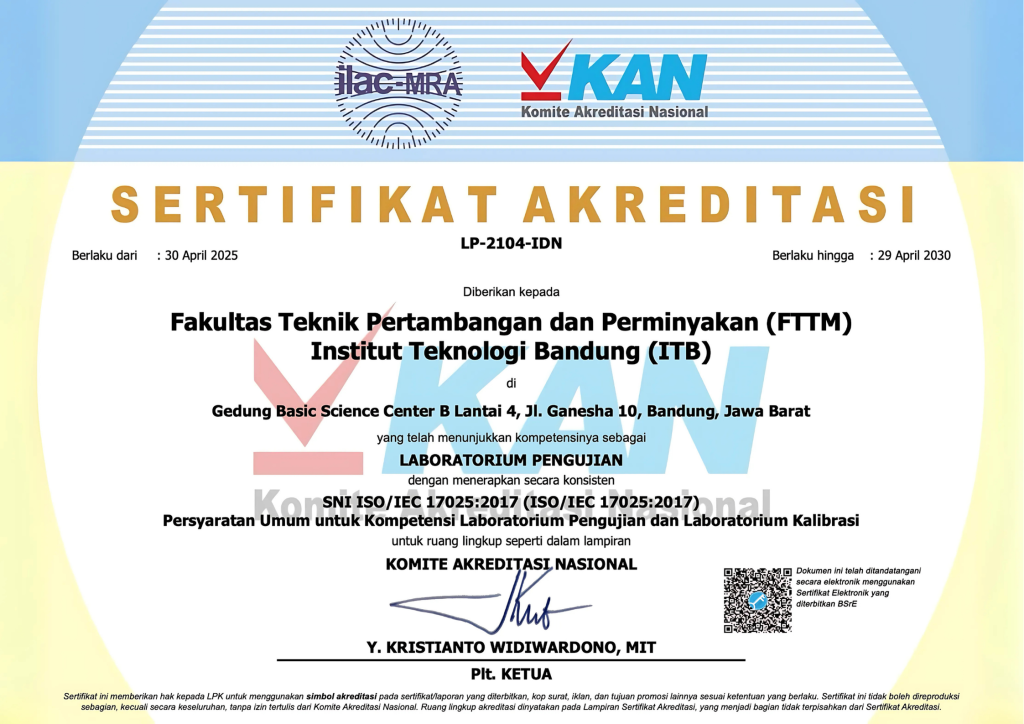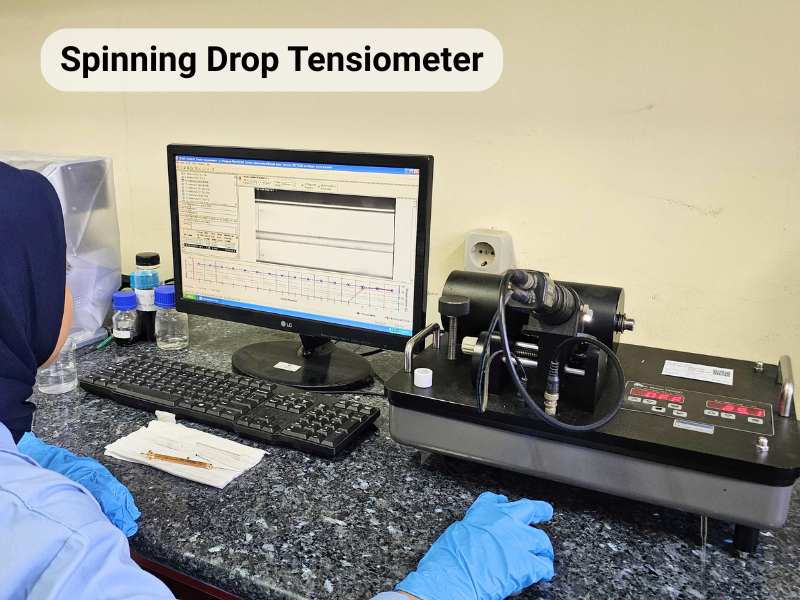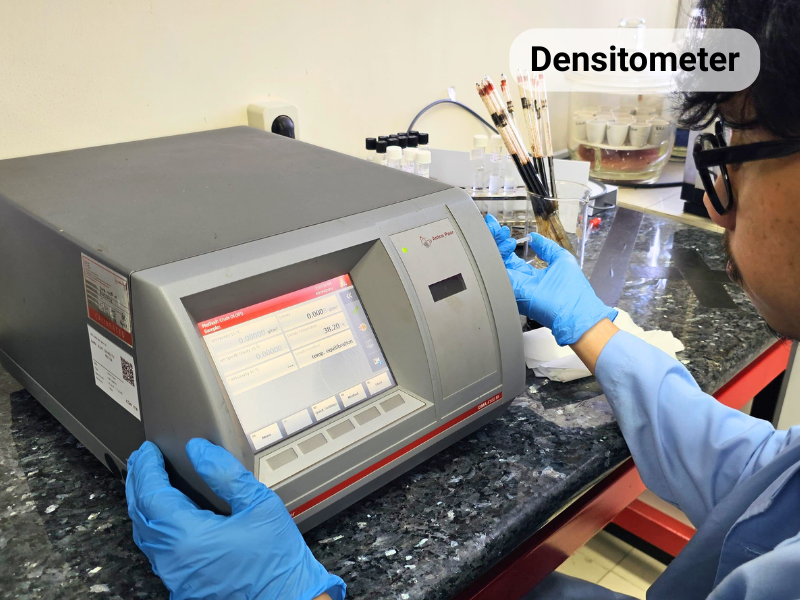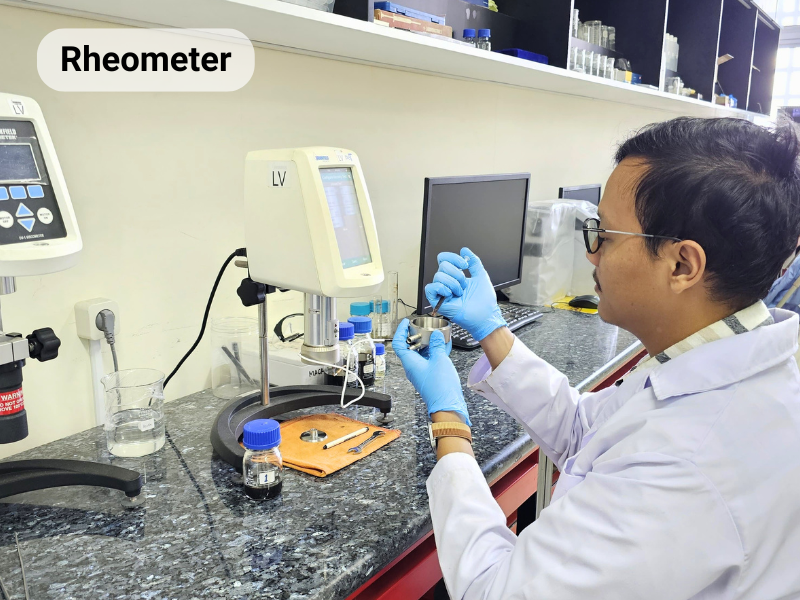Bandung, 19–21 November 2025 — OGRINDO ITB together with the EOR Laboratory ITB attended Technology Day: Sinergi Upaya Pencapaian Produksi dengan Penerapan Extended Stimulation, a technical forum organized by SKK Migas as a strategic step to accelerate national oil production toward the 2026 target. The event took place over three days and brought together representatives from Pertamina, LEMIGAS, KKKS, and EOR technology providers.
This event was designed to strengthen collaboration between operators, regulators, research institutions, and technology providers in addressing production challenges in mature oil fields, particularly those requiring the application of EOR (Enhanced Oil Recovery) and Extended Stimulation.
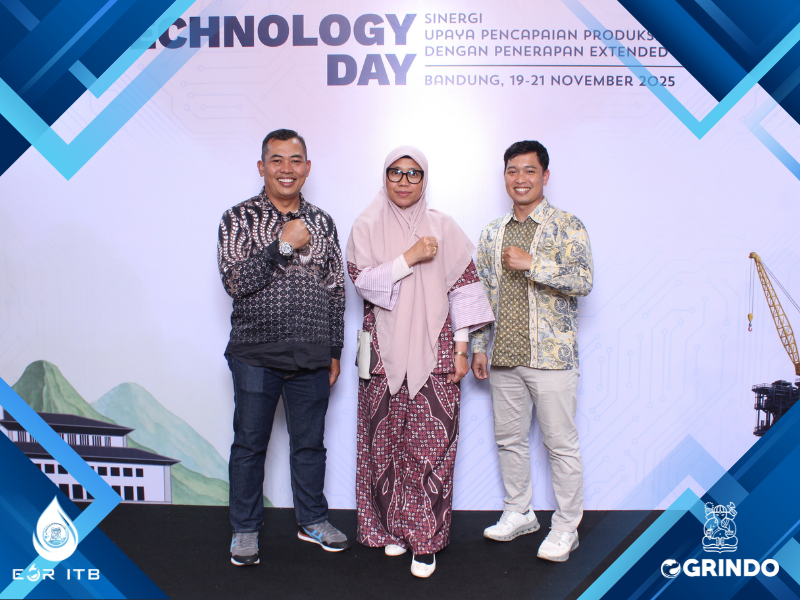
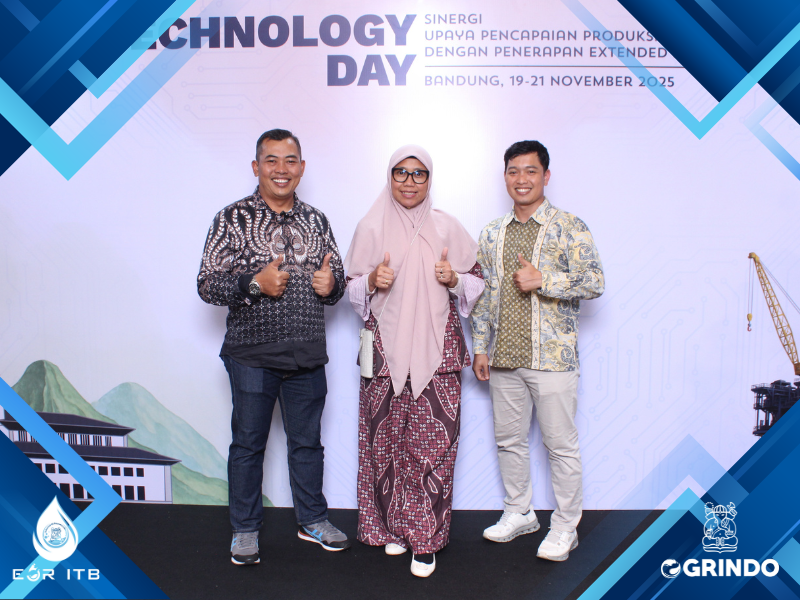
Technical Forum with a Comprehensive Three-Day Agenda
The Technology Day agenda was designed to facilitate technical discussions, case study reviews, field experience exchanges, and the formation of follow-up implementation plans. Based on the official rundown issued by SKK Migas, the series of activities included:
📌 Day One — Opening & Panel of Extended Stimulation
- Participant registration and opening remarks by the Deputy of Exploration, Development, and Management of Working Areas (EPMWK) of SKK Migas
- Panel discussion “Sinergi Upaya Pencapaian Produksi dengan Penerapan Extended Stimulation”
- Booth visit with technology providers
- Technical presentations and PEP discussions on the Tanjung, North Kutai Lama, Kenali Asam, and Tempino fields
📌 Day Two — PEP Discussions & Implementation Opportunities
- Discussion of conditions and stimulation plans for the Pamusian, Limau, Ramba, Rantau, and Sago fields
- Structured technical dialogue between SKK Migas, KKKS, and technology providers
- Booth visit with technology providers
📌 Day Three — Strategy Finalization & Follow-Up
- Discussion and evaluation of follow-up actions by SKK Migas × KKKS × technology providers
- Compilation of summaries and conclusions from all sessions
- Program closing
The series of agendas demonstrated the commitment of all participants to unify operational, technological, and research perspectives to produce measurable, integrated production enhancement strategies that are ready for field implementation.
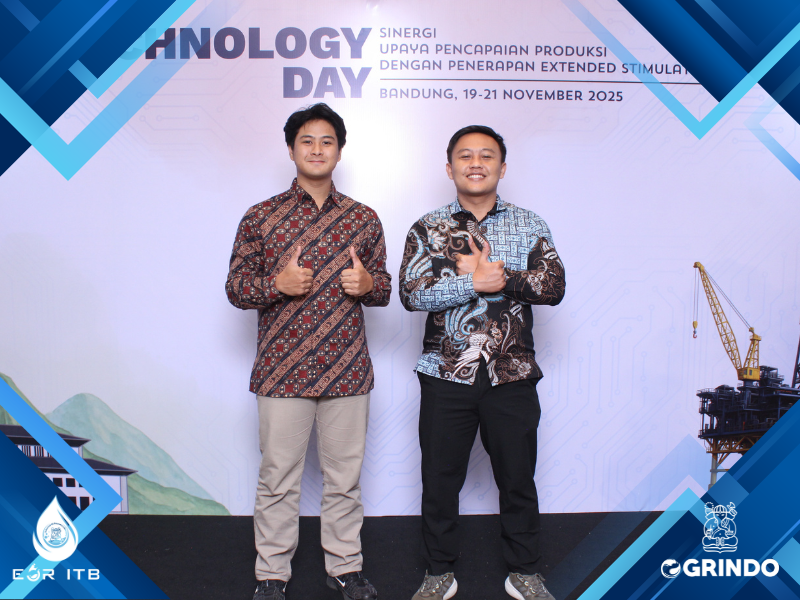
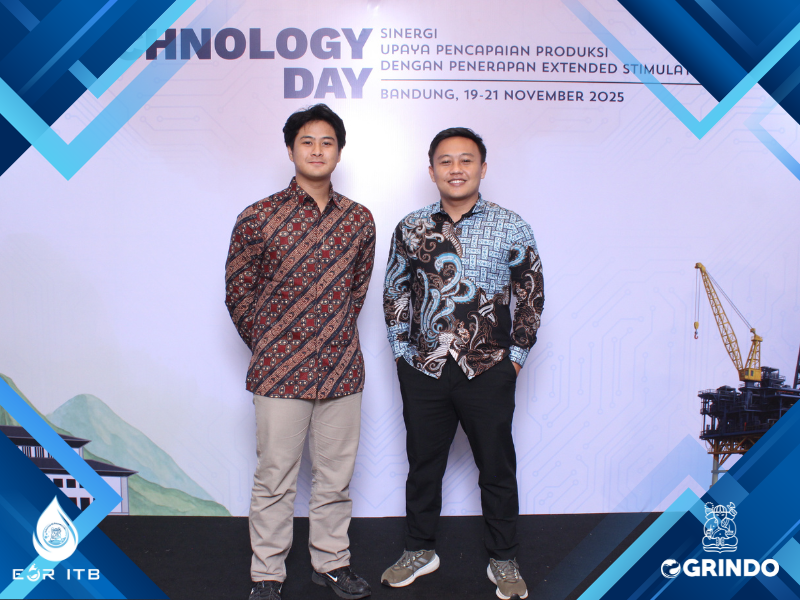
Key Message: Collaboration as the Foundation of Success
In every discussion session, technology presentation, and case study review, one overarching theme consistently emerged:
The success of implementing Extended Stimulation and EOR depends on close collaboration between operators, regulators, research institutions, and technology solution providers.
Technology selection and chemical formulation decisions must be based on:
- reservoir characteristics,
- comprehensive laboratory data,
- field performance evaluation, and
- operational readiness.
With these elements, EOR and Extended Stimulation can be designed to deliver effective, economical, and sustainable results for Indonesian oil fields.
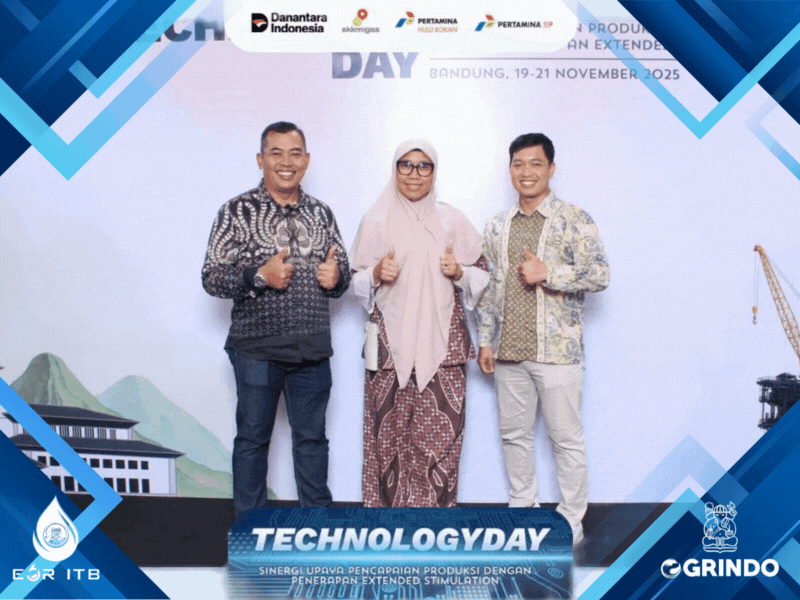
OGRINDO × Lab EOR ITB Commitment to Supporting National Production
The participation of OGRINDO ITB and the EOR Laboratory ITB in this event is part of strengthening our contribution to the upstream oil and gas sector through:
🔹 The application of data-driven research to support field decision-making
🔹 The provision of EOR laboratory study services
🔹 The development of technological solutions through collaboration with industry
🔹 Engagement in forums for knowledge exchange and formulation of production enhancement strategies
We believe that continuous collaboration between industry, regulators, and academia is a crucial foundation for the success of EOR and Extended Stimulation in Indonesia.
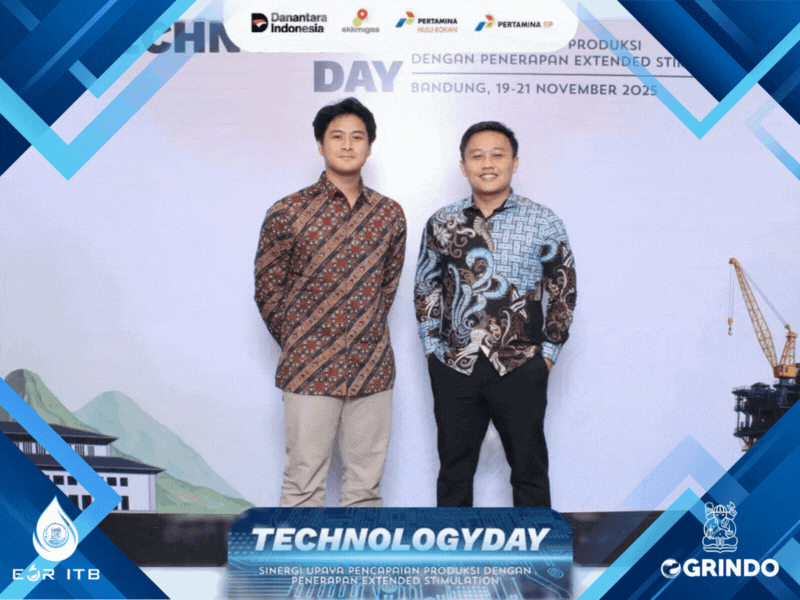
Closing
We hope this spirit of synergy continues through real implementation in the field to support national energy resilience and the achievement of Indonesia’s oil production targets.
OGRINDO ITB together with the EOR Laboratory ITB remain committed to strengthening collaboration between industry, regulators, and academia to deliver effective and sustainable production enhancement solutions.
📩 For further information, technical discussions, or collaboration opportunities, please contact:
info@ogrindoitb.com


